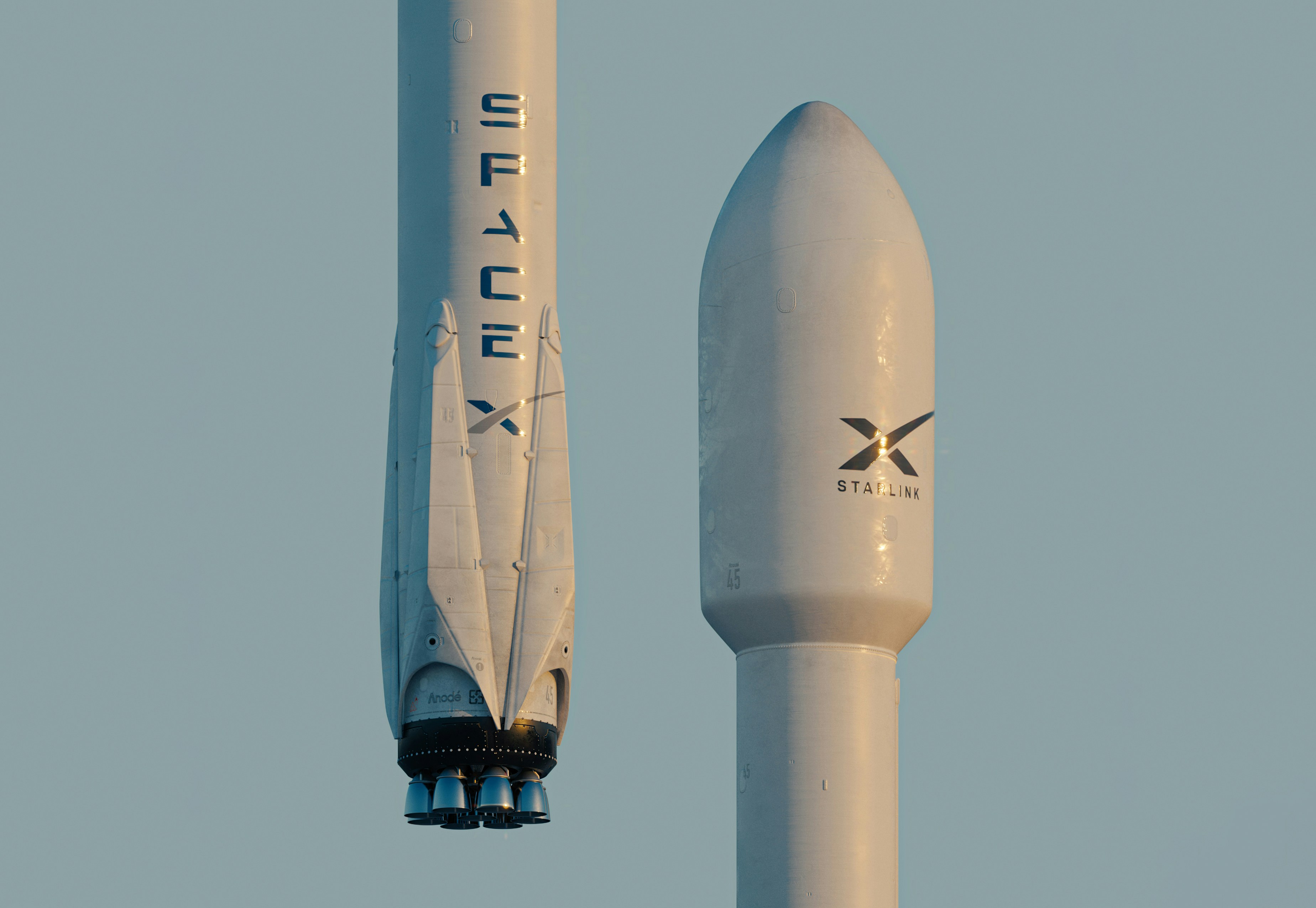
Introduction to SpaceX Starship Launch
The recent launch of SpaceX’s Starship drew significant attention, showcasing the ambition and capabilities of modern space exploration. The spacecraft’s smooth ascent demonstrated the advanced technology employed by SpaceX, setting promising expectations for its return trip to Earth.
Issues During Re-entry
However, the excitement took a turn as the spacecraft made its descent. Fuel leaks originating from the upper-stage vehicle led to an uncontrolled spin, which posed significant risks. This scenario, known as a “rapid unscheduled disassembly,” has raised concerns about the reliability of the technology used. The Starship’s failure during this critical phase serves as a stark reminder of the challenges inherent in aerospace engineering.
Implications for Future Missions
The difficulties encountered during the re-entry phase highlight the necessity for rigorous testing and modifications. SpaceX will need to evaluate the fuel management systems and overall design to prevent similar incidents in future launches. Although this launch underscored both triumph and trial, it ultimately reflects the iterative nature of aerospace development. Each setback offers valuable lessons, paving the way for more refined missions ahead.
Discover more from Techtales
Subscribe to get the latest posts sent to your email.